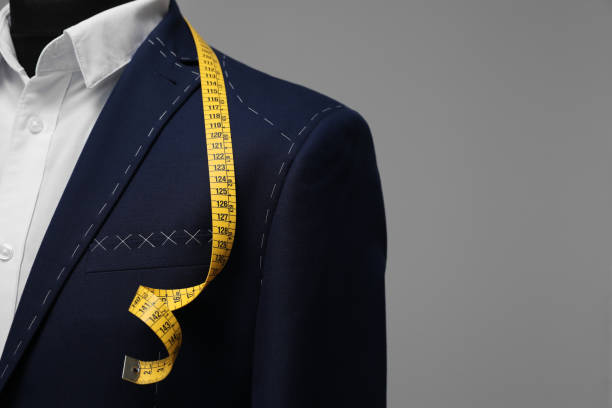Networking, Internships, and Entry Paths into the Apparel Industry
Breaking into the apparel industry combines technical craft, practical experience, and professional connections. This article outlines how networking, internships, and varied entry paths support development in garment design, sketching, patternmaking, draping, sewing, and production—helping you plan a balanced learning route.

apparel and textiles: What basics should you master?
A foundation in textiles and apparel terminology helps you communicate clearly with manufacturers, designers, and suppliers. Learn fiber types, fabric behavior, and finishing techniques alongside core skills like sewing and tailoring. Familiarity with how different textiles drape and respond to pattern alterations informs choices in draping and patternmaking. Classroom exercises, short courses, and hands-on workshops can build a well-rounded base in textiles and garment construction before moving to specialized tasks such as grading or CAD-assisted pattern work.
patternmaking, grading, and prototyping: How do you develop technical skills?
Patternmaking and grading turn design concepts into wearable garments; prototyping validates fit and function. Start with manual pattern blocks and toile creation to understand body fit, then progress to grading rules that scale patterns across sizes. Prototyping involves sewing sample garments and iterating on fit—this step ties closely to sewing and tailoring skills. Learning CAD patternmaking tools complements manual practice and accelerates iterations in production environments. Seek courses that combine manual and digital approaches for balanced technical competence.
sketching, draping, and tailoring: How to build a strong portfolio?
A portfolio should demonstrate creative thinking and technical clarity. Include sketching studies, technical flats, draping photos, and finished garment shots that highlight tailoring details and construction choices. Document the process from initial sketch through prototyping and final garment to show problem-solving and production thinking. If possible, add notes on pattern adjustments, grading considerations, and fabric choices to make the portfolio useful for employers or collaborators reviewing your practical skills in patternmaking and sewing.
internships and production exposure: How to gain practical experience?
Internships provide on-the-job exposure to production workflows, quality control, and factory relationships without implying specific job offers. Consider placements in small studios, ateliers, or production houses to learn sewing, sample room routines, and prototyping cycles. Time on a production floor clarifies how grading, cutting, and sewing stages impact timelines and costs. Look for internships that offer rotational tasks—patternmaking, sample sewing, or production planning—so you can see how design decisions affect the finished garment.
networking and styling: How to connect with professionals?
Networking helps you learn about styling trends, collaborative projects, and local services that support garment production. Attend industry meetups, portfolio reviews, or trade shows to meet patternmakers, tailors, and textile suppliers. Maintain a concise portfolio and clear professional profile to share during conversations. Use online communities and alumni networks to find mentors or project collaborators; seek introductions to people in production, styling, and prototyping roles. Networking is a long-term effort that builds credibility alongside technical skill.
sustainability, CAD, and entry paths: What alternative routes exist?
Entry into the apparel industry can take many forms beyond direct design roles. Technical pathways include CAD patternmaking, sample room technician roles, and production coordination that depend on understanding grading and quality standards. Sustainability-focused positions require knowledge of textiles, supply chains, and material selection practices. Freelance styling, small-batch tailoring, or working with local services and micro-manufacturers can also be entry points that build experience in prototyping, production, and cost-aware design decisions.
Conclusion
Combining core craft—sewing, tailoring, patternmaking, draping—with practical experience from internships and strategic networking offers multiple entry paths into the apparel industry. A strong portfolio that documents sketching, prototypes, and production-aware choices helps translate skills into professional opportunities, while CAD and sustainability knowledge expand the types of roles you can pursue.





